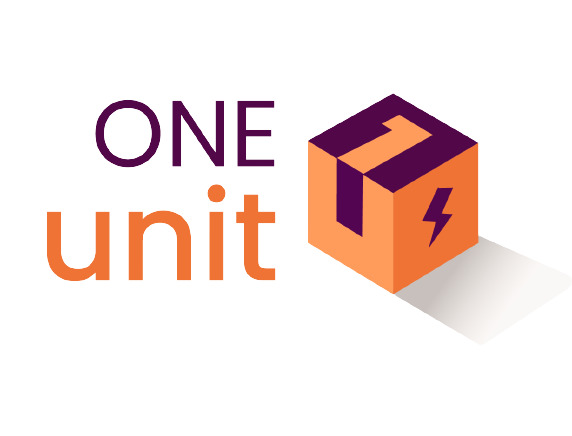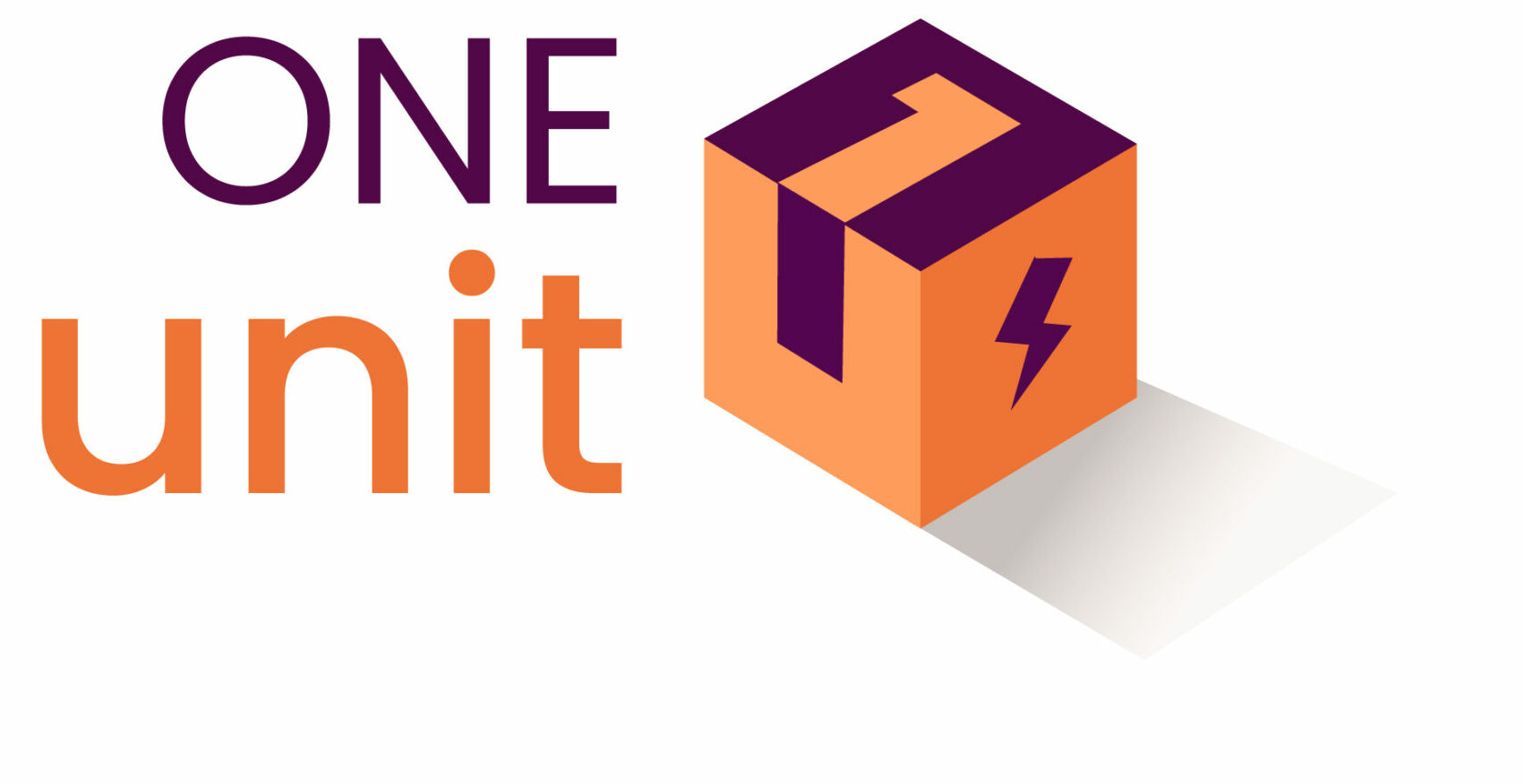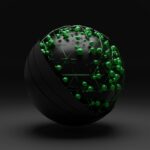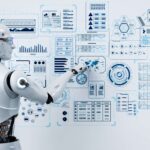Empowering Sustainablity:The Intersection of IoT and Energy Monitoring
In the dynamic landscape of technology, the Internet of Things (IoT) has emerged as a transformative force, revolutionizing the way we connect and interact with our surroundings. One of the most promising applications of IoT lies in the realm of energy monitoring, where smart devices and sensors are harnessed to optimize energy usage, enhance efficiency, and contribute to a more sustainable future. In this blog post, we will explore the intersection of IoT and energy monitoring, delving into the innovative solutions that are shaping the way we manage and conserve energy resources.
- The IoT Revolution: Connecting the Unseen:
The IoT ecosystem involves a network of interconnected devices that communicate and share data seamlessly. In the context of energy monitoring, this means embedding sensors into various infrastructures, from smart buildings to industrial facilities. These sensors collect real-time data on energy consumption, equipment performance, and environmental conditions. - Smart Buildings Leading the Charge:
Smart buildings epitomize the fusion of IoT and energy monitoring. Intelligent HVAC systems, occupancy sensors, and lighting controls work in harmony to adapt to real-time usage patterns. This not only ensures optimal comfort for occupants but also results in significant energy savings. The data collected from these devices can be analyzed to identify trends, predict maintenance needs, and fine-tune energy consumption. - Industrial IoT (IIoT) in Energy Management:
In industrial settings, the Industrial Internet of Things (IIoT) is a game-changer for energy monitoring. Connected sensors on machinery can monitor performance metrics, detect inefficiencies, and predict potential failures. This proactive approach not only reduces downtime but also optimizes energy usage in industrial processes. The result is a more sustainable and cost-effective operation. - Data Analytics Driving Insights:
The sheer volume of data generated by IoT devices necessitates advanced analytics for meaningful insights. Data analytics tools can process and interpret the vast datasets produced by energy monitoring systems. Machine learning algorithms can identify patterns, anomalies, and opportunities for optimization. This data-driven approach empowers organizations to make informed decisions, ultimately leading to more efficient energy usage. - Grid Management and Renewable Integration:
The IoT is instrumental in the integration of renewable energy sources into the power grid. Smart grids leverage IoT technology to monitor and control the flow of electricity, balancing the intermittent nature of renewable energy. This ensures a stable and reliable power supply while maximizing the use of clean energy sources.

benefits
- Energy Efficiency:
Optimized Consumption: Real-time monitoring enables organizations to identify and rectify inefficient energy use, leading to reduced consumption and lower energy bills.
Predictive Analytics: IoT devices can predict energy usage patterns, allowing for proactive adjustments to minimize waste and optimize energy distribution.
- Cost Savings:
Operational Efficiency: IoT-driven insights enable businesses to streamline operations, reduce downtime, and cut unnecessary costs by identifying and addressing energy inefficiencies.
Maintenance Predictions: Predictive maintenance based on IoT data helps prevent costly equipment failures, minimizing repair expenses and extending the lifespan of assets.
- Environmental Sustainability:
Renewable Integration: IoT facilitates the integration of renewable energy sources into the power grid, promoting sustainability and reducing dependence on fossil fuels.
Carbon Footprint Reduction: By optimizing energy usage and promoting cleaner energy sources, IoT contributes to lowering carbon emissions, aligning with global sustainability goals.
- Smart Grids for Reliability:
Grid Management: Smart grids, enabled by IoT, enhance the reliability and resilience of power grids by dynamically responding to changes in energy demand and supply.
Reduced Outages: Advanced monitoring and control mechanisms minimize the impact of power outages, improving overall grid reliability.
- Improved Operational Insights:
Data-Driven Decision-Making: The wealth of data generated by IoT devices provides organizations with actionable insights, facilitating informed decision-making and strategy development.
Performance Optimization: Continuous monitoring of equipment and processes allows for fine-tuning and optimization, leading to improved overall performance.
- Enhanced User Experience:
Smart Homes: In the residential sector, IoT devices contribute to smart homes by optimizing energy use for comfort and convenience, allowing users to monitor and control energy-consuming devices remotely.
Drawbacks
- Security Concerns:
Data Privacy: The massive amount of data generated by IoT devices poses privacy risks if not handled and secured properly.
Cybersecurity Threats: IoT devices can be vulnerable to cyber attacks, potentially leading to unauthorized access and manipulation of critical energy infrastructure.
- Interoperability Issues:
Diverse Ecosystems: The lack of standardized protocols can result in challenges when integrating different IoT devices and systems, hindering seamless communication and collaboration.
- Initial Implementation Costs:
High Initial Investment: Deploying IoT-enabled energy monitoring systems may require a significant upfront investment in infrastructure, sensors, and data analytics tools.
- Complexity of Integration:
Legacy Systems: Integrating IoT with existing legacy systems can be complex and may require substantial modifications to ensure compatibility and functionality.
- Reliability and Maintenance:
Device Reliability: The reliability of IoT devices and sensors is crucial, and any malfunction or failure can impact the accuracy of energy monitoring and analytics.
Maintenance Challenges: Regular maintenance of a large number of IoT devices can be challenging, especially in widespread deployments.
- Energy Consumption of IoT Devices:
Power Requirements: Some IoT devices require a continuous power source, which may counteract the energy-saving goals of the overall system.
Conclusion
The convergence of IoT and energy monitoring represents a paradigm shift in how we approach energy management. From smart homes to industrial complexes, the seamless integration of connected devices is paving the way for a more sustainable and energy-efficient future. As technology continues to advance, the synergy between IoT and energy monitoring will play a pivotal role in addressing the global challenge of energy consumption and environmental sustainability.
Call us on 9870643534
Mail us at: prashant.yadav@oneunit.in





